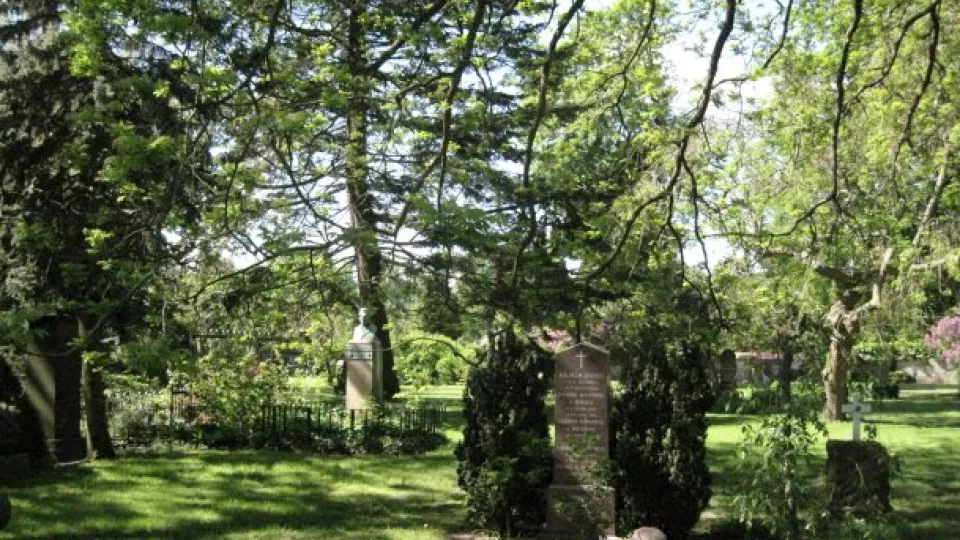In her doctoral thesis, Materialising Modern Cemeteries, Sian Anthony has studied how changes in society are both manifested and created in the state of the burial. Her study includes the design of the graves, both above and below the ground, as well as how these two worlds are connected and have changed over time.
“While the class distinctions have always been clear in the design of the graves above ground, the established view in research has been that the coffins and the objects buried along with the bodies in the 1800s were fairly similar”, says Sian Anthony.
“What we found was that although most people were buried in simple coffins, a small percentage of the people buried were wearing fine clothing and jewellery. They were placed in extravagant coffins with beautiful fittings and lined with fabric. Their wealth appears to have accompanied them also in their graves”, she continues.
Major changes took place in the 1900s. The consumer society made its entry into the funeral industry, while society at large became more secular. There was an interaction between the increasingly professional funeral entrepreneurs competing on a market, and the deceased’s loved ones’ expectations and opportunities to express their feelings through consumer objects. This created the conditions for the variation in design of the caskets, the clothes in which the deceased persons were buried, and the types of objects that were placed inside the caskets.
“In the graves we found people who were buried with their dentures or dressed in their finest outfits. One woman was even wearing a wig. Many of those who were buried were dressed in fine clothing representing how they looked when alive”, says Sian Anthony.
These modern landscape- and park-like cemeteries, located on the outskirts of the growing cities, began to be established in the late 1700s and early 1800s. The old inner-city churchyards were overcrowded but were also considered unsuitable to be within the centre of society.
Cemeteries have always undergone change; for instance, around 1960, the idea of creating special memorial spaces at cemeteries was introduced. Today, the perhaps most striking such places are the areas designed for memorialising cremation burials.
“Modern cemeteries are designed to be ordered, regulated and beautiful. The whole point of them is for you not to think about what is buried underneath. They are to be contemplative and peaceful”, says Sian Anthony.
“The graves tell of societal change and processes which have taken place above ground, and show how people have decided to handle and present the dead in different periods in time”, she concludes.
